Teaching Courses
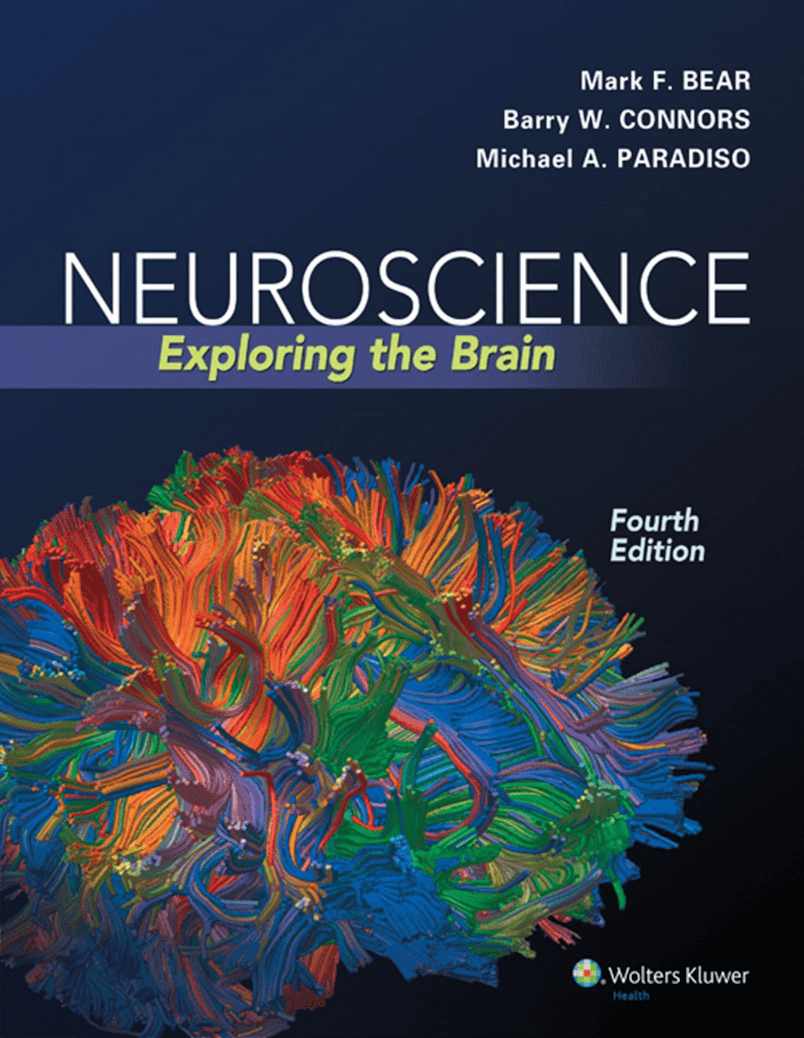
Acclaimed for its clear, friendly style, excellent illustrations, leading author team, and compelling theme of exploration, Neuroscience: Exploring the Brain, Fourth Edition takes a fresh, contemporary approach to the study of neuroscience, emphasizing the biological basis of behavior. The authors’ passion for the dynamic field of neuroscience is evident on every page, engaging students and helping them master the material. In just a few years, the field of neuroscience has been transformed by exciting new technologies and an explosion of knowledge about the brain. The human genome has been sequenced, sophisticated new methods have been developed for genetic engineering, and new methods have been introduced to enable visualization and stimulation of specific types of nerve cells and connections in the brain. The Fourth Edition has been fully updated to reflect these and other rapid advances in the field, while honoring its commitment to be student-friendly with striking new illustrati.
Mark F. Bear, Barry W. Connors, Michael A. Paradiso, Jones & Bartlett Learning
4th edition (2015)
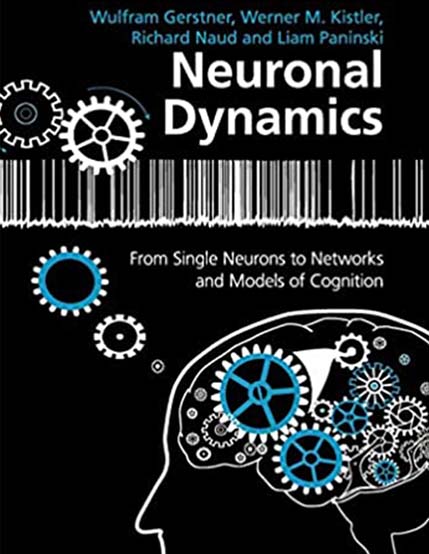
What happens in our brain when we make a decision? What triggers a neuron to send out a signal? What is the neural code? This textbook for advanced undergraduate and beginning graduate students provides a thorough and up-to-date introduction to the fields of computational and theoretical neuroscience. It covers classical topics, including the Hodgkin-Huxley equations and Hopfield model, as well as modern developments in the field such as generalized linear models and decision theory. Concepts are introduced using clear step-by-step explanations suitable for readers with only a basic knowledge of differential equations and probabilities, and are richly illustrated by figures and worked-out examples. End-of-chapter summaries and classroom-tested exercises make the book ideal for courses or for self-study. The authors also give pointers to the literature and an extensive bibliography, which will prove invaluable to readers interested in further study.
Wulfram Gerstner, Werner M. Kistler, Richard Naud, Liam Paninski
1st edition (2014)
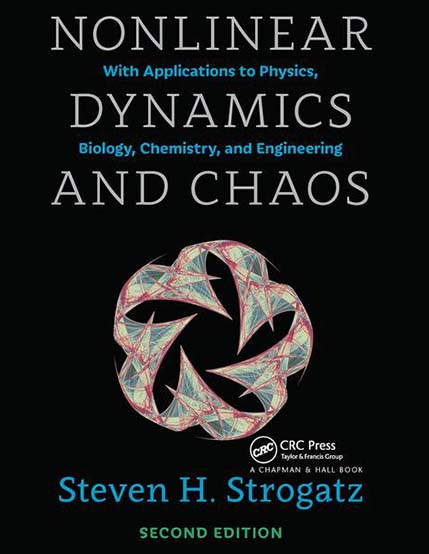
This textbook is aimed at newcomers to nonlinear dynamics and chaos, especially students taking a first course in the subject. The presentation stresses analytical methods, concrete examples, and geometric intuition. The theory is developed systematically, starting with first-order differential equations and their bifurcations, followed by phase plane analysis, limit cycles and their bifurcations, and culminating with the Lorenz equations, chaos, iterated maps, period doubling, renormalization, fractals, and strange attractors.This textbook is aimed at newcomers to nonlinear dynamics and chaos, especially students taking a first course in the subject. The presentation stresses analytical methods, concrete examples, and geometric intuition. The theory is developed systematically, starting with first-order differential equations and their bifurcations, followed by phase plane analysis, limit cycles and their bifurcations, and culminating with the Lorenz equations, chaos, iterated maps, period doubling, renormalization, fractals, and strange attractors.
Steven H. Strogatz
2nd edition (2015)
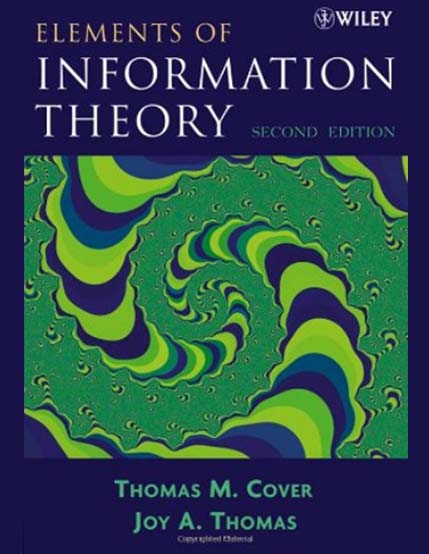
The Second Edition of this fundamental textbook maintains the book's tradition of clear, thought-provoking instruction. Readers are provided once again with an instructive mix of mathematics, physics, statistics, and information theory. All the essential topics in information theory are covered in detail, including entropy, data compression, channel capacity, rate distortion, network information theory, and hypothesis testing. The authors provide readers with a solid understanding of the underlying theory and applications. Problem sets and a telegraphic summary at the end of each chapter further assist readers. The historical notes that follow each chapter recap the main points. The Second Edition features: Chapters reorganized to improve teaching 200 new problems New material on source coding, portfolio theory, and feedback capacity Updated references Now current and enhanced, the Second Edition of Elements of Information Theory remains the ideal textbook for upper-level undergraduate and graduate courses in electrical engineering, statistics, and telecommunications.
Thomas M. Cover, Joy A. Thomas
2nd edition (2006)
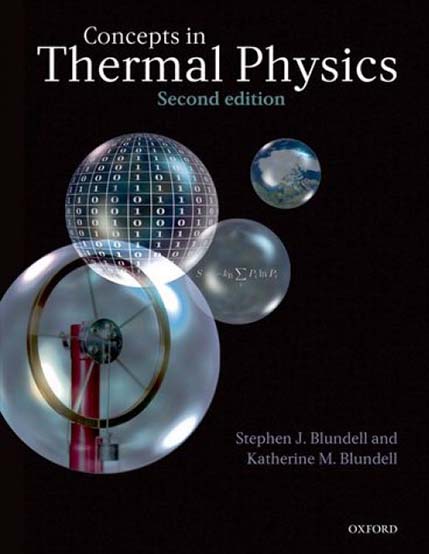
An understanding of thermal physics is crucial to much of modern physics, chemistry and engineering. This book provides a modern introduction to the main principles that are foundational to thermal physics, thermodynamics and statistical mechanics. The key concepts are carefully presented in a clear way, and new ideas are illustrated with copious worked examples as well as a description of the historical background to their discovery. Applications are presented to subjects as diverse as stellar astrophysics, information and communication theory, condensed matter physics and climate change. Each chapter concludes with detailed exercises. The second edition of this popular textbook maintains the structure and lively style of the first edition but extends its coverage of thermodynamics and statistical mechanics to include several new topics, including osmosis, diffusion problems, Bayes theorem, radiative transfer, the Ising model and Monte Carlo methods.
Stephen J. Blundell, Katherine M. Blundell
2nd edition (2009)
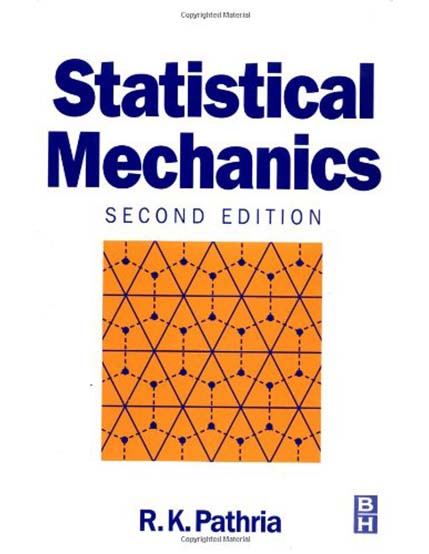
'This is an excellent book from which to learn the methods and results of statistical mechanics.' Nature 'A well written graduate-level text for scientists and engineers... Highly recommended for graduate-level libraries.' Choice This highly successful text, which first appeared in the year 1972 and has continued to be popular ever since, has now been brought up-to-date by incorporating the remarkable developments in the field of 'phase transitions and critical phenomena' that took place over the intervening years. This has been done by adding three new chapters (comprising over 150 pages and containing over 60 homework problems) which should enhance the usefulness of the book for both students and instructors. We trust that this classic text, which has been widely acclaimed for its clean derivations and clear explanations, will continue to provide further generations of students a sound training in the methods of statistical physics.
R. K. Pathria, Paul D. Beale
2nd edition (1996)
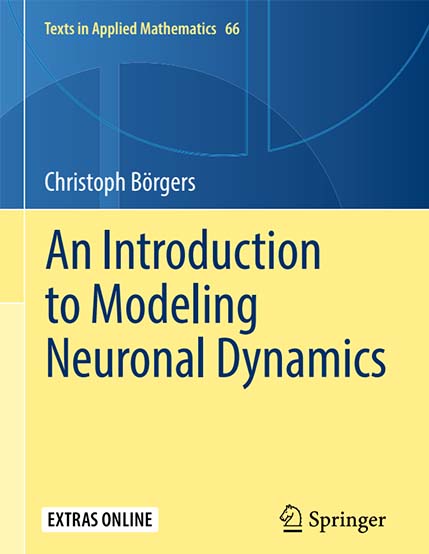
This book is intended as a text for a one-semester course on Mathematical and Computational Neuroscience for upper-level undergraduate and beginning graduate students of mathematics, the natural sciences, engineering, or computer science. An undergraduate introduction to differential equations is more than enough mathematical background. Only a slim, high school-level background in physics is assumed, and none in biology. Topics include models of individual nerve cells and their dynamics, models of networks of neurons coupled by synapses and gap junctions, origins and functions of population rhythms in neuronal networks, and models of synaptic plasticity. An extensive online collection of Matlab programs generating the figures accompanies the book.
Christoph Börgers
1st edition (2017)
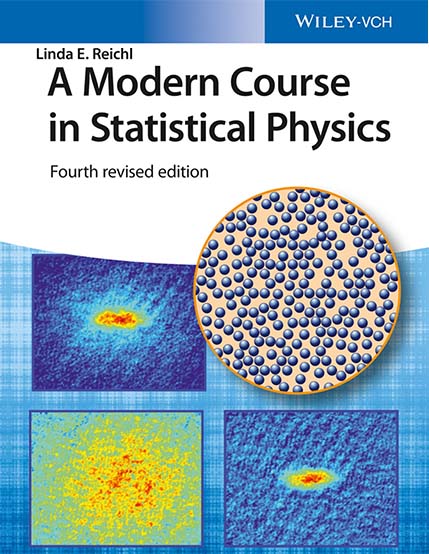
A Modern Course in Statistical Physics is a textbook that illustrates the foundations of equilibrium and non-equilibrium statistical physics, and the universal nature of thermodynamic processes, from the point of view of contemporary research problems. The book treats such diverse topics as the microscopic theory of critical phenomena, superfluid dynamics, quantum conductance, light scattering, transport processes, and dissipative structures, all in the framework of the foundations of statistical physics and thermodynamics. It shows the quantum origins of problems in classical statistical physics. One focus of the book is fluctuations that occur due to the discrete nature of matter, a topic of growing importance for nanometer scale physics and biophysics. Another focus concerns classical and quantum phase transitions, in both monatomic and mixed particle systems.
L. E. Reichl
4th edition (2016)

The scientific study of networks, including computer networks, social networks, and biological networks, has received an enormous amount of interest in the last few years. The rise of the Internet and the wide availability of inexpensive computers have made it possible to gather and analyze network data on a large scale, and the development of a variety of new theoretical tools has allowed us to extract new knowledge from many different kinds of networks. The study of networks is broadly interdisciplinary and important developments have occurred in many fields, including mathematics, physics, computer and information sciences, biology, and the social sciences.
Mark E. J. Newman
1st edition (2010)
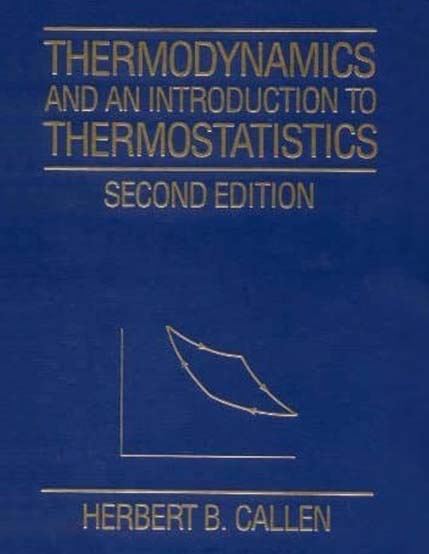
The only text to cover both thermodynamic and statistical mechanics--allowing students to fully master thermodynamics at the macroscopic level. Presents essential ideas on critical phenomena developed over the last decade in simple, qualitative terms. This new edition maintains the simple structure of the first and puts new emphasis on pedagogical considerations. Thermostatistics is incorporated into the text without eclipsing macroscopic thermodynamics, and is integrated into the conceptual framework of physical theory.
Herbert B. Callen, Herbert Bernard Callen
2nd edition (1991)